Table of Contents
If you are a new designer getting introduced to world of UI/UX or a client developing web/ app solution exploring this aspect of development, UX Design Frameworks is important topic.
Though this might seem like common knowledge, this concept is very crucial to the field of user experience designing. UX Design frameworks plays huge role in lifting the weight off designer’s shoulder.
So, what are UX frameworks and why are they so important? Well, we shall be answering both of these answering as well as everything else related to the same in this blog.
Therefore, with this said, let’s get right into it, starting with:
What is a UX Design Framework?
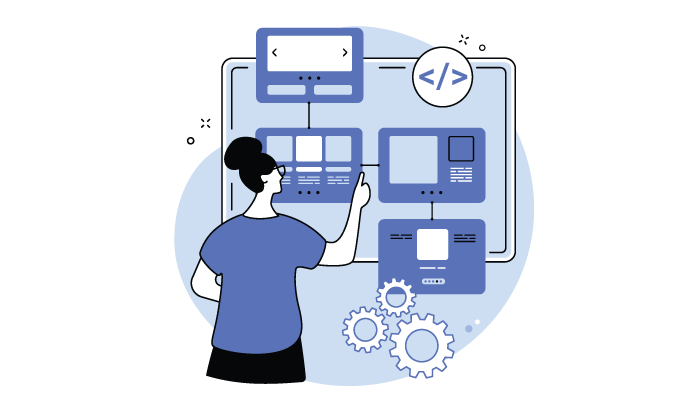
UX refers to user experience as in UI/UX Designing.
Frameworks as we know them are created to make the work easier for designers. Based on these to facts, a UX Design Framework is a systematic approach that helps designers structure their design process and align their efforts with the overall project goals.
It serves as a guide or a blueprint that outlines the necessary steps and activities required to create a successful user experience.
A UX design framework provides designers with a consistent and repeatable process, allowing them to focus on solving user problems efficiently.
Now, as you can see, UX Design frameworks plays a huge role in designing just like UX storyboarding.
Speaking of which, let’s look at the purpose of UX Design Framework.
What is the Purpose of a UX Design Framework?
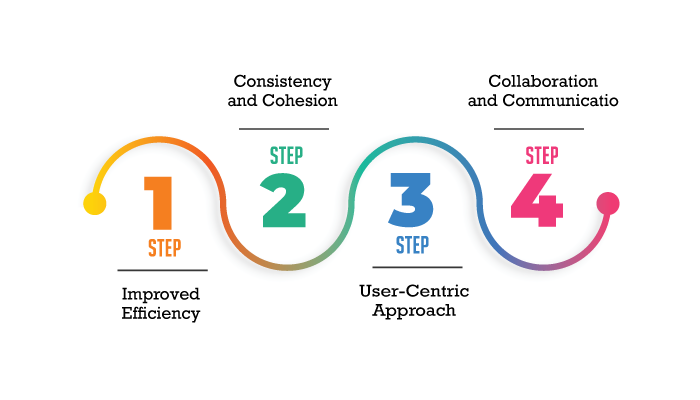
So, now that you know what are UX Design frameworks, you might be wondering what is the actual purpose of a framework in UX Designing.
Well, there is a purpose of these frameworks ( obviously ). And some of these are, as mentioned below:
-
Improved Efficiency
Well, one of the purpose a UX design framework service is, improving efficiency of the designers.
By providing a systematic and organized approach, a UX design framework helps designers work more efficiently.
Moreover, UX framework enables them to identify and prioritize user needs, conduct research effectively, and streamline the design process.
-
Consistency and Cohesion
A UX Design framework ensures consistency in design decisions and helps maintain a cohesive user experience across different touchpoints.
Here the framework establishes design patterns and guidelines that align with the brand’s values, resulting in a more coherent and recognizable product.
This is one of the big reason why top clients invest so much in good UX designing.
-
User-Centric Approach
A UX design framework encourages designers to place the user at the center of the design process.
A such the framework emphasizes understanding user behaviors, preferences, and pain points, facilitating the creation of user-friendly and intuitive experiences.
This is something that gives designer a lot of leverage.
-
Collaboration and Communication
Well, if you want to actually create a market leading design for mobile app or website, it goes without saying that you have to work with your fellow designers and developers.
That’s why collaboration is important.
This is where UX design framework comes in. Frameworks provide a common language and structure for collaboration among designers, developers, and stakeholders.
Thus, enabling clear communication of design decisions, reduces misunderstandings, and fosters a more collaborative environment.
With this out of the way, let’s look at the different elements in UX design framework, helping you better understand the platform.
5 Elements of a UX Design Framework
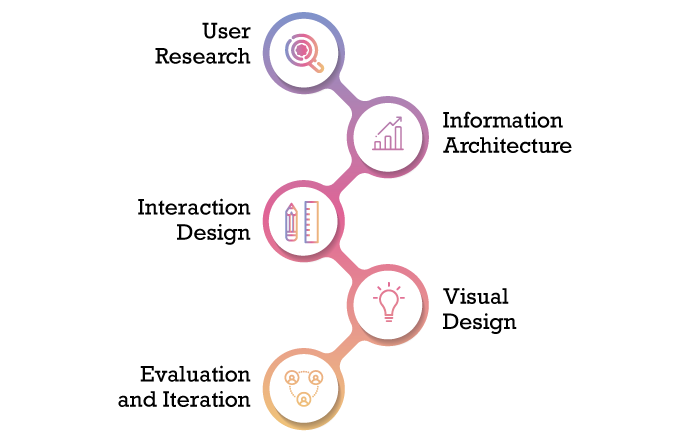
If you want to use a UX design framework in your App Development or web development project, it’s a good idea to learn about different elements the same.
So, what are the elements? Well, we shall be discussing each element of the UX framework for designing in detail, these are, as mentioned below:
User Research
The first and probably the most important part of UX Design framework is, user research.
Conducting thorough user research is essential to understanding user behaviors, needs, and expectations.
This element involves techniques such as user interviews, surveys, usability testing, and persona development.
Now, User research more than just important when it comes to user experience designing, since it sits at the core of the platform.
Information Architecture
IA or information architecture is the second important element that we are going to discuss.
You see, information architecture focuses on organizing and structuring information to enhance usability and accessibility.
As such, the part of the framework actually involves tasks such as creating sitemaps, user flows, and navigation systems to ensure users can find what they need effortlessly.
Interaction Design
If you are someone who has spent some time in front-end designing, you know how important UI designing is.
Well, that’s what gives interaction design it’s important.
You see, interaction design defines how users engage with a digital product or interface.
This element includes the creation of wireframes, prototypes, and the design of intuitive user interactions and micro-interactions.
Visual Design
Another element that branches off from UI/UX designing is visual design.
As one can expect, Visual design focuses on the aesthetics and visual appeal of the product.
And here’s what you can expect from this part of the UX design framework: selecting appropriate color schemes, typography, iconography, and creating a visually cohesive interface that aligns with the brand’s identity.
Evaluation and Iteration
Last but not least, when all is said and done, it’s time to evaluate and iterate the stuff.
The evaluation and iteration element emphasizes the importance of continuous improvement.
There’s a lot to do here, as it involves gathering user feedback, conducting usability testing, and iterating on the design based on user insights to enhance the overall user experience.
These are the different elements of UX Design framework. With this out of the way, it’s time to discuss the benefits of these platforms in the section below.
Benefits of UX Design Frameworks
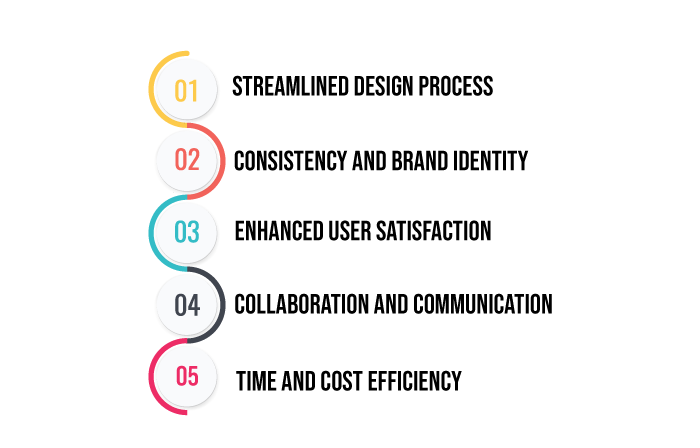
So, what are the benefits of UX Design framework? Well, there are a lot actually. Let’s discuss the same below:
- Streamlined Design Process: Frameworks provide a clear structure and sequence of activities, ensuring a more efficient and organized design process.
- Consistency and Brand Identity: With guidelines and patterns in place, frameworks help maintain consistency, aligning the design with the brand identity and creating a cohesive user experience.
- Enhanced User Satisfaction:A UX design framework emphasizes understanding user needs, resulting in solutions that are intuitive, usable, and tailored to users’ expectations, ultimately leading to higher user satisfaction.
- Collaboration and Communication:Frameworks foster collaboration between team members and stakeholders, facilitating effective communication and shared understanding throughout the design process.
- Time and Cost Efficiency:By providing a systematic approach and minimizing rework, UX design frameworks contribute to saving time and reducing costs associated with design iterations.
So, these are the benefits. And with this out of the way, it’s finally time to discuss the major UX design framework in the section below:
Top UX Design Frameworks
Throughout the entire blog, we have been saying UX design framework this, UI/UX Design framework that, but which frameworks are we talking about?
Well, we are here to answer just that question.
In this section of the blog, we shall be discussing the top UX design framework that you can get your hands on in 2023. Therefore, these are, as mentioned below:
-
Design Thinking

Design Thinking is a problem-solving approach that focuses on user empathy, collaboration, and iteration to create innovative solutions.
It consists of several stages that typically include empathizing with users, defining the problem, ideating possible solutions, prototyping, and testing.
This UX Design Framework encourages designers to think outside the box and challenge assumptions to develop user-centered solutions.
Design Thinking emphasizes understanding the needs and desires of users to address their pain points effectively.
-
User-Centered Design (UCD)
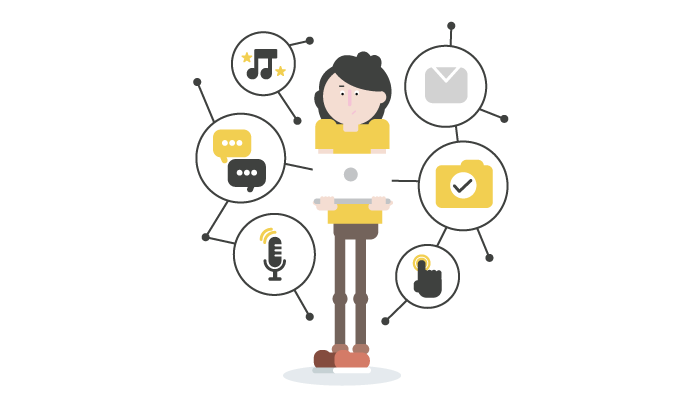
User-Centered Design is a framework that prioritizes the needs and preferences of the end-users throughout the design process.
This UI/UX Design Framework involves gathering user insights, conducting research, creating user personas, and performing usability tests to ensure that the final product meets the users’ expectations.
UCD places users at the core of decision-making, resulting in designs that are intuitive, efficient, and delightful to use. It focuses on iterative design and continuous improvement based on user feedback.
And this is what makes it one of the best UX Design framework out there.
-
Agile UX
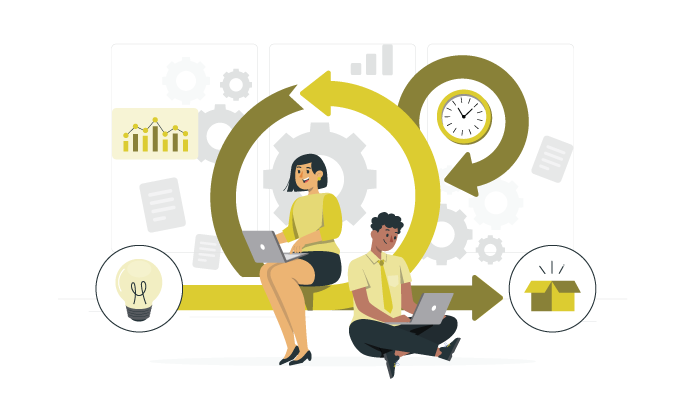
Let us introduce you to one of the best Frameworks UX Design team can get their hands on.
Agile UX combines the principles of Agile software development with user-centered design. It emphasizes flexibility, collaboration, and rapid iteration.
Moreover, agile UX teams work in short cycles known as sprints, where they plan, design, develop, and test a specific set of features within a fixed time frame.
This iterative process allows for frequent user feedback, enabling the team to make adjustments and improve the design throughout the development lifecycle.
Agile UX promotes cross-functional collaboration and tight integration between designers, developers, and stakeholders.
-
Lean UX
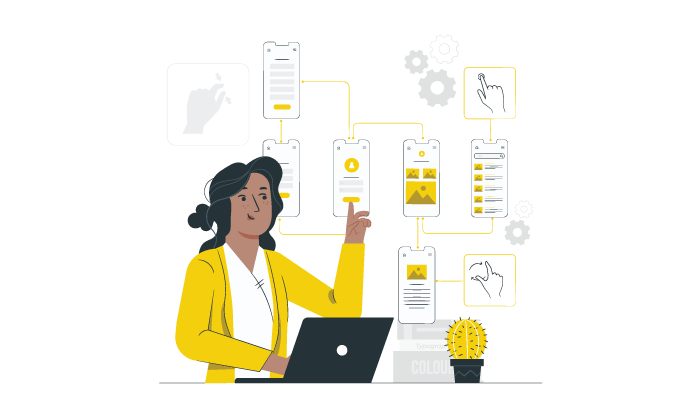
Lean UX is a framework that aims to reduce waste and increase efficiency in the design process.
Being one of the best UI UX Framework, it focuses on rapid experimentation and learning through early validation of design assumptions.
Lean UX emphasizes creating a minimum viable product (MVP) that can be tested with real users as quickly as possible.
This approach allows designers to gather user feedback and make informed decisions based on data rather than assumptions.
Lean UX promotes a collaborative, iterative, and evidence-based design process that aligns with the lean startup methodology.
-
Google’s HEART Framework
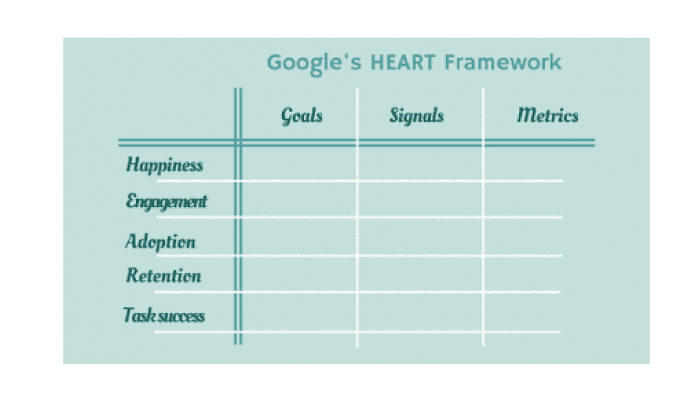
Last but not least, let’s look at the UX Design Framework from Google itself.
The HEART Framework, developed by Google, is a user-centered metric system used to evaluate and measure the user experience of a product.
HEART stands for
- Happiness
- Engagement
- Adoption
- Retention
- Task Success
Each metric focuses on a specific aspect of the user experience and provides a quantitative way to assess its effectiveness.
For example, Happiness measures user satisfaction, Engagement evaluates the level of user involvement, Adoption assesses the product’s ability to attract new users, Retention measures user loyalty, and Task Success evaluates the ease and efficiency of completing tasks.
The HEART Framework helps designers and researchers to quantify and track the impact of design decisions on the user experience, facilitating data-driven improvements.
So, these are the best UX design frameworks. And now that we are done with this, it’s time to look at some FAQs and conclude our blog.
Conclusion
UX design frameworks play a vital role in the creation of exceptional user experiences. By providing structure, guidance, and a user-centered approach, frameworks enable designers to optimize their processes, deliver consistent designs, and ultimately satisfy the needs and expectations of users. Incorporating a UX design framework into your design process can significantly enhance the overall quality and effectiveness of your designs, leading to increased user satisfaction and business success.
FAQ
UX design frameworks provide structure, guidance, and efficiency to the design process. They streamline activities, ensure consistency, enhance collaboration, and focus on user needs, resulting in improved design outcomes.
Lean UX is often a suitable framework for startups due to its emphasis on rapid experimentation, iterative design, and early user feedback. It enables startups to validate ideas quickly and make data-driven design decisions.
Absolutely! UX design frameworks serve as guidelines but can be customized to suit specific project requirements. Adapt and modify the framework elements and processes as necessary to align with your project’s goals and constraints.
While UX design frameworks are commonly used for digital product design, their principles and processes can be applied to various design domains, including physical products, services, and even non-profit organizations, focusing on improving user experiences.
The choice of a UX design framework depends on factors such as project goals, team dynamics, timeline, and user needs. Evaluate different frameworks based on their alignment with your project requirements, resources, and desired outcomes.





No Comments
Comments are closed.